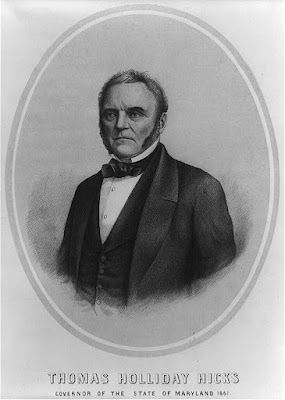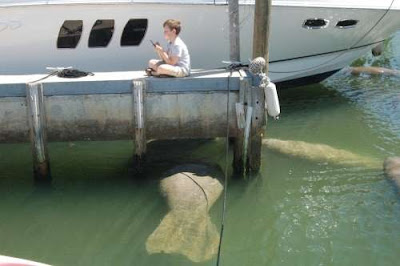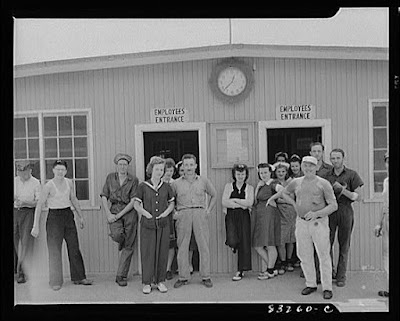
(Wikipedia) Maryland, a slave state, was one of the border states, straddling the North and South. Due to its location and a desire from both opposing factions to sway her population to their respective causes, Maryland played an important role in the American Civil War. The first fatalities of the war happened during the Baltimore Riot of 1861, and the single bloodiest day of combat in American military history occurred near Sharpsburg, Maryland, at the Battle of Antietam, which provided the opportunity for President Abraham Lincoln to issue his famed Emancipation Proclamation. The 1864 Battle of Monocacy helped delay a Confederate army bent on striking the Federal capital of Washington, D.C..
Nearly 85,000 citizens signed up for the military, with most joining the Union Army, although nearly a quarter of these enlisted to fight for the Confederacy. Leading Maryland leaders and officers during the Civil War included Governor Thomas H. Hicks, who despite his early sympathies for the South, helped prevent the state from seceding, and General George H. Steuart, who was a noted brigade commander under Robert E. Lee. Continued
Image: Library of Congress

 (Wired) The New York World’s Fair of 1939 and 1940 promised visitors they would be looking at the “World of Tomorrow.” Not everything they saw there came true, but plenty was close. One reason for that was the fair’s own lasting influence on American architecture and industrial design. It was a futuristic city inspired by the pages — and covers — of pulp science fiction: huge geometric shapes, sweeping curves, plenty of glass and chromium, and gleaming white walls. Continued
(Wired) The New York World’s Fair of 1939 and 1940 promised visitors they would be looking at the “World of Tomorrow.” Not everything they saw there came true, but plenty was close. One reason for that was the fair’s own lasting influence on American architecture and industrial design. It was a futuristic city inspired by the pages — and covers — of pulp science fiction: huge geometric shapes, sweeping curves, plenty of glass and chromium, and gleaming white walls. Continued



















































